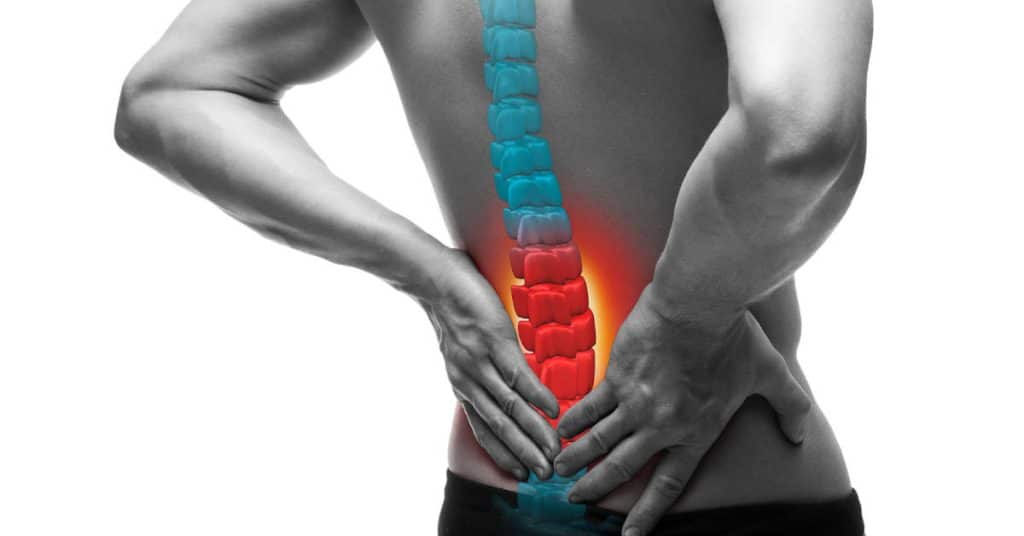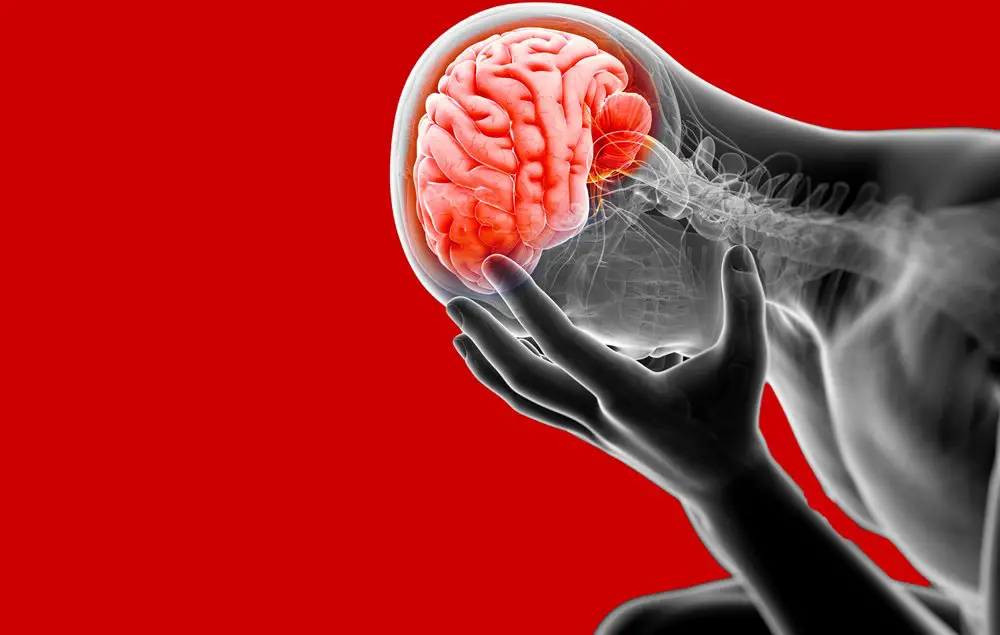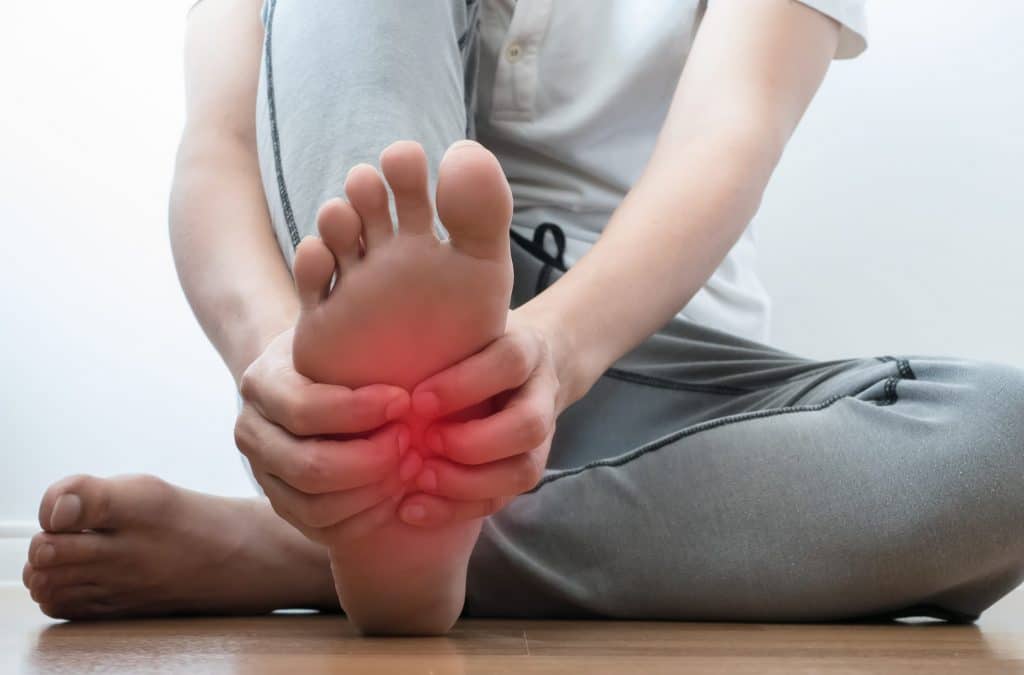Research suggests that men and women differ in their experience of ache, but until now no one knew why. In a recent study published in Brain researchers at the University of Arizona Health Sciences were the first to identify functional sex differences in nociceptors, the specialized nerve cells that produce pain.
The experience of pain manifests itself differently between the sexes
The findings support the implementation of a precision medicine approach that considers patient gender as critical to the choice of pain management treatment.
“Conceptually, this paper represents a big step forward in our understanding of how pain may be produced in males and females,” said Frank Porreca, Ph.D., research director of the Comprehensive Center for Pain & Addiction at UArizona Health Sciences and professor and associate department head of pharmacology at the U Arizona College of Medicine-Tucson.
“The results of our study were surprisingly consistent and support the remarkable conclusion that nociceptors, the building blocks of pain, are different in males and females. This offers the opportunity to treat pain specifically and potentially better in men or women, and that’s what we’re trying to do.”
Porreca and the research team focused their study on the excitability of nociceptor cells located near the spinal cord in the dorsal root ganglion. Nociceptors, when activated by damage or injury, send a signal through the spinal cord to the brain that causes the perception of pain. Nociceptors are also adaptable in their response to injury.
For example, touching a hot stove is a high-intensity stimulus, while rubbing a shirt collar on a burn is low-intensity, but both produce the perception of pain. In injury situations such as sunburn, painkillers, including nonsteroidal anti-inflammatory drugs such as ibuprofen, work by normalizing the activation threshold of nociceptors, thus blocking the pain produced by low-intensity stimuli such as the rubbing of a shirt.

Following previous research on the relationship between chronic pain and sleep, unexpected differences between the sexes led Porreca to choose two substances, prolactin and orexin B, for this study. Prolactin is a hormone responsible for lactation and the development of breast tissue; Orexin is a neurotransmitter that helps maintain wakefulness. However, both prolactin and orexin have many other functions that are only now being discovered.
The research team used tissue samples from male and female mice, non-human primates, and humans to test the effect of prolactin and orexin B on the activation thresholds of nociceptors that can allow low-intensity stimuli to produce pain .
“What we found is that in males and females, animals or humans, what changes nociceptor thresholds can be completely different,” Porreca said. “When we added sensitizing substances that lower these activation thresholds, we found that prolactin sensitizes only female cells and not male cells, and orexin B sensitizes only male cells and not female cells. The surprising conclusion of these studies is that there are male nociceptor and female nociceptor substances, something that has never been recognized before.”
Taking the research a step further, they then blocked prolactin signaling and orexin B signaling and examined the effect on the activation threshold of nociceptors. As anticipated, blocking prolactin signaling reduced nociceptor activation in females and had no effect on males, while blocking orexin B signaling was effective in males and not females.
“Until now it was assumed that the mechanisms that produce pain were the same in men and women,” Porreca said. “What we found is that the basic mechanisms that determine pain perception are different in male and female mice, in male and female nonhuman primates, and in male and female humans.”

The findings suggest a new way to approach the treatment of painful conditions, many of which are prevalent in women. Migraine and fibromyalgia, for example, have a female-to-male ratio of 3:1 and 8 or 9:1, respectively.
Porreca believes that preventing prolactin-induced nociceptor sensitization in women may represent a viable approach for treating pain disorders prevalent in women, while targeting orexin B-induced sensitization could improve the treatment of pain conditions associated with activation of nociceptors in males.
Going forward, Porreca and his team will continue to look for other mechanisms of sexual dimorphism of pain, building on this study to look for viable ways to prevent sensitization of nociceptors in females and males. He is encouraged by his recent discovery of a prolactin antibody, which could prove useful in women, and by the availability of orexin antagonists that are already approved by the Food and Drug Administration to treat sleep disorders.
“We are bringing the concept of precision medicine, or taking a patient’s genetics into consideration to design a therapy, to the treatment of pain,” Porreca said. “The most fundamental genetic difference is: is the patient male or female? Perhaps this should be the first consideration when it comes to treating pain.”
Hormone that causes more pain in women than men identified
Imagine taking a pill to control pain, and instead, the drug actually increases the pain you feel. This may be the situation for patients taking opioids, but even more so for women, according to groundbreaking research conducted by researchers at the University of Arizona College of Medicine-Tucson, Department of Pharmacology.
Researchers have identified a mechanism that explains why women may be more vulnerable than men to the development of pain in general, as well as the specific development of pain caused by opioids.
The cause is a neurohormone, prolactin, known above all to promote breastfeeding in future mothers in the last months of pregnancy and after giving birth.
Frank Porreca, Ph.D., associate department head, professor of pharmacology, anesthesiology, cancer biology and neuroscience at the college, and senior author of the study, notes that it has always been understood that women experience some types of pain that occur without injury (known as “functional pain syndromes”) more than men. The reasons for this were never clearly understood. One possible explanation the researchers explored involved differences in the cells and nerves that send pain signals to the brain in women and men.
The findings suggest that new pain management therapies targeting the prolactin system could greatly benefit women suffering from functional pain syndromes.
“Of all these pain disorders prevalent in women, migraines are among the most common, with approximately 35 million migraine patients in the United States, and three out of four of these are women. Furthermore, in patients with fibromyalgia, as many as nine out of four out of 10 are women; for irritable bowel syndrome, three out of four are women. If you add up all those women who suffer from pain, if you can normalize it, that would have a huge and important impact on medical care,” says Dr. Porreca.

He points out that many of these pain attacks are intermittent and associated with triggering events. For example, he and his colleagues found that stress releases prolactin and unexpectedly promotes pain selectively in women.
“These trigger events can be wide-ranging. They can include things like alcohol, tiredness and sleep disturbances. But stress is the most common trigger self-identified by patients. That’s where we started our studies: How does stress contribute to stress specifically for women? pain or selective pain for women?”
The paper’s lead authors include: Yanxia Chen, a graduate student in Dr. Porreca’s lab; Aubin Moutal, Ph.D., research assistant professor in the Department of Pharmacology, who works in the laboratory of Rajesh Khanna, Ph.D., UArizona professor of anesthesiology, pharmacology and neuroscience, who also co-authored the study paper; and Edita Navratilova, Ph.D., assistant professor of pharmacology.
Dr. Navratilova says dopamine D-2 receptor agonist drugs that limit prolactin release, such as cabergoline, are commonly used for other diseases and are not addictive. These medications, possibly in combination with other drug classes, may help treat pain conditions in women more effectively without the addictive property of opioids.
“If only we could reduce the percentage of women who suffer from migraines to the same number as men, that would be truly revolutionary,” says Dr. Navratilova.
Additionally, after the results were published, Dr. Porreca was contacted by companies interested in seeing whether an antibody previously associated with the treatment of breast cancer could be designed as a therapy to prevent pain in women.
#experience #pain #differs #men #women